Those pesky wasps
You have good reason to be wary of the wasps and hornets whose smooth stinger can be used several times without becoming detached from the creature’s abdomen. Bees, however, are much less aggressive. They attack only as a last resort because their stinger, covered with tiny barbs, remains in your skin and becomes detached from the insect biting you, which is then sure to die.
Among the various species of wasps, some are solitary, others live in colonies. They nest in cavities in the soil, make mud nests or grey paper spheres which they attach to a tree branch or house gable. Contrary to popular belief, there’s no link between the height of the nest of paper wasps and the harshness of a coming winter. In any event, the wasp abandons the nest come fall.
Wasps are formidable predators. They attack flies, caterpillars and spiders and contribute to the control of the nasty insects that prey on our gardens and vegetable patches. Several species of solitary wasps are raised and released in planted crops for this very purpose. The wasps also gather nectar from flowers and thus help with pollination. They love sugary and greasy foods, which explains why they are insistent about sharing our outdoor meals.
Wasp eggs, larvae and adults are each, in their turn, enjoyed by many insectivorous birds, small mammals and even the black bear, which will happily rip open a dead tree or dig up a nest to feed itself.
Prevention is the best way to avoid the problems that occur when we cohabit with stinging insects. Inspect your property regularly; destroying a nest under construction is easier that destroying a well-established nest. Use traps baited with greasy foods rather than a sugary liquid, to avoid catching bees.
Don’t use insecticides except as a last resort, and if you must use them, follow the directions meticulously so as not to destroy “useful” insects. In the event of an allergic reaction to a sting, call a doctor immediately…while consoling yourself by picturing the ecological services provided by these unloved insects.
More from this author by clicking on his photo below.


Jacques Prescott131 Posts
Jacques Prescott est biologiste, professeur associé à la Chaire en éco-conseil de l’Université du Québec à Chicoutimi. Spécialiste de la biodiversité et du développement durable, il est l’auteur de nombreux livres et articles sur la faune et la conservation de la nature. Il nous fait l’honneur de rejoindre notre équipe de collaborateurs et signera chaque mois une chronique intitulée Faune et flore. / Jacques Prescott is a biologist, associate professor with the Chair in Eco-Counselling of the Université du Québec à Chicoutimi. A specialist in biodiversity and sustainable development, he is the author of numerous books and articles about wildlife and nature conservation. He has honoured us by joining our team of contributors and will write a monthly column entitled Wildlife and Habitat.
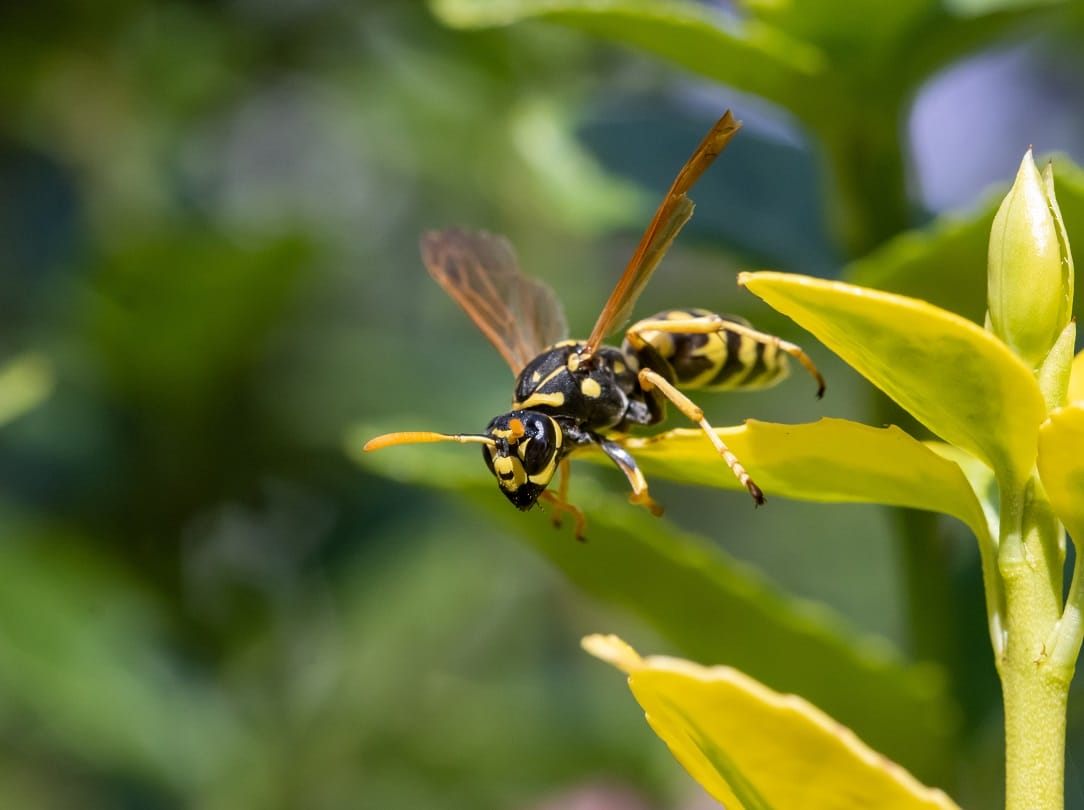


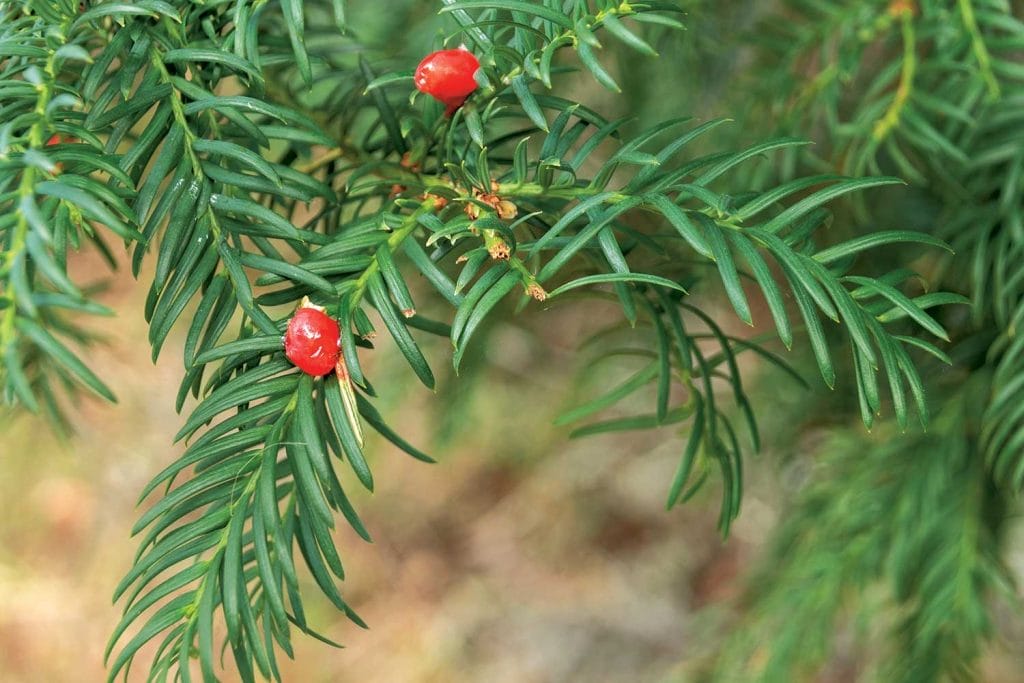
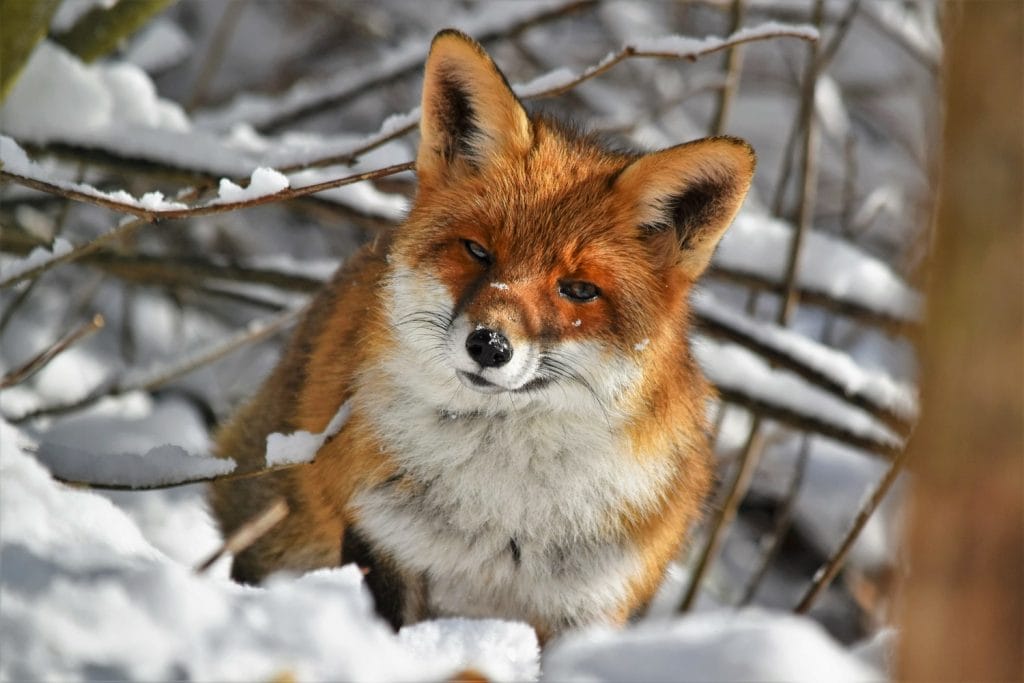
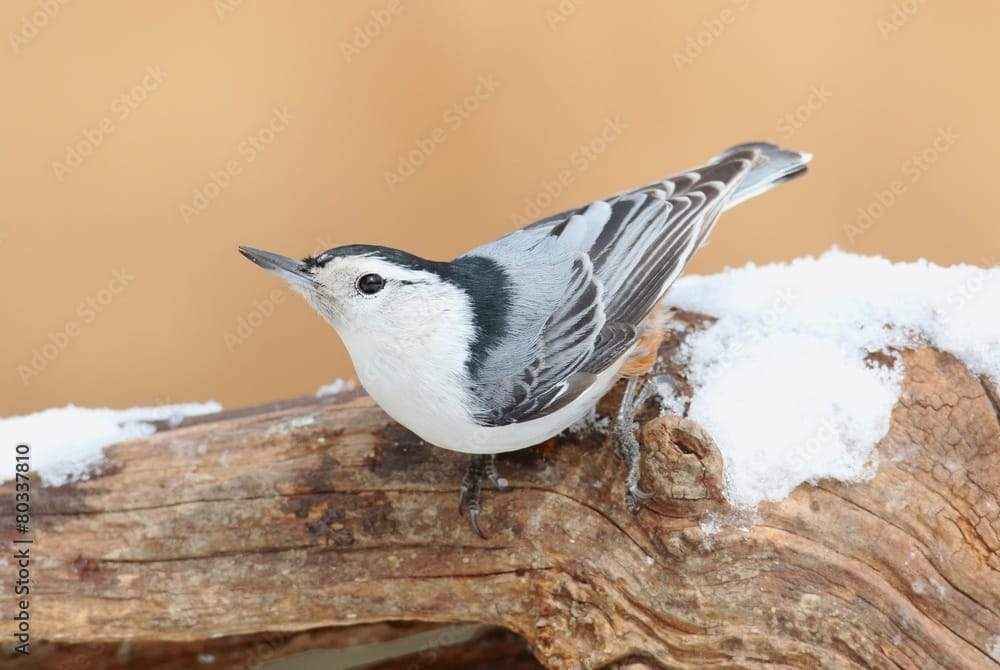
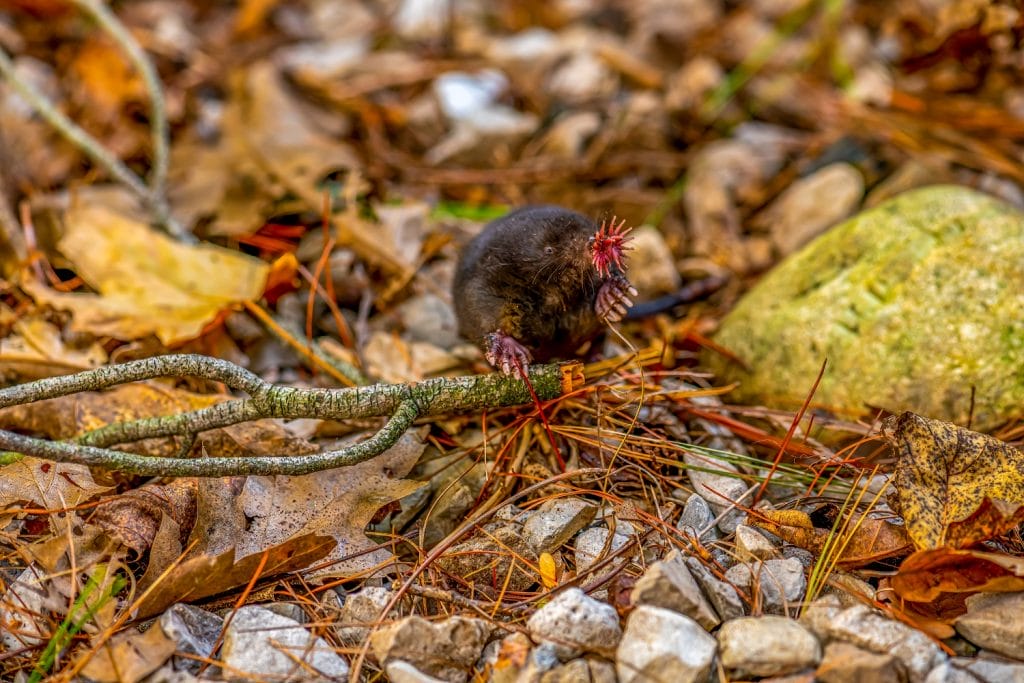

0 Comments